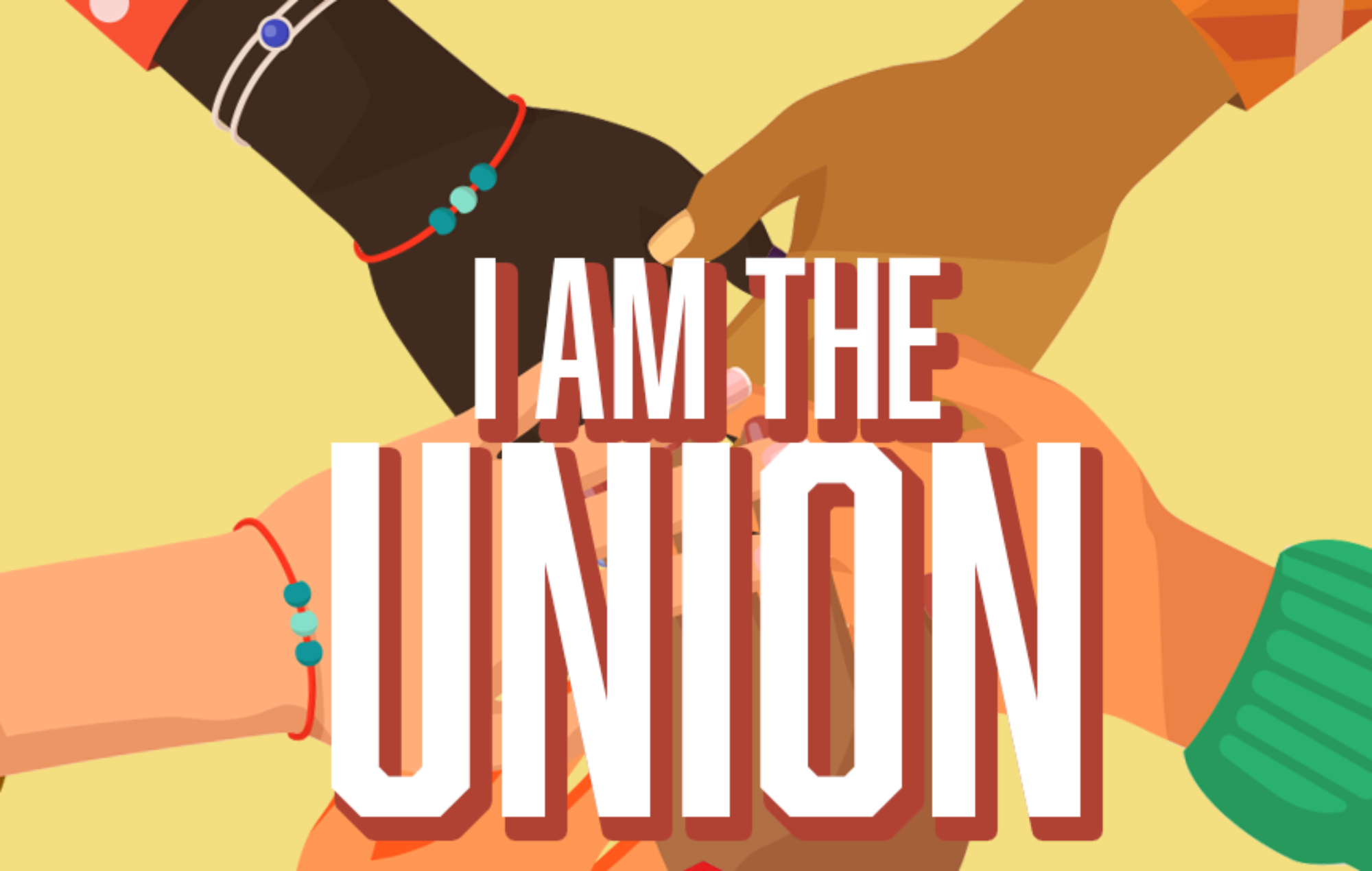A poverty, not education, crisis in U.S.: Column
Oliver Thomas 4:57 p.m. EST December 10, 2013
New studies show that the number of poor children is rising and the impact it has on learning.
The latest results of the Program for International Student Assessment — which measures the knowledge and skills of 15-year-old students in math, reading and science — were released last week, and once again Finland is near the top. True, this time students in Asia claimed many of the top spots. But Finland’s system remains one of the world’s highest-performing, with its universal preschool program, site-based management and dislike of standardized testing often cited for its success.
By comparison, U.S. student scores remained in the middle of the pack. But the most telling difference between Finns and Americans when it comes to education is child poverty.
Poverty is the most relevant factor in determining the outcome of a person’s educational journey, and in Finland, the child poverty rate is about 5%. In the U.S., the rate is almost five times as high. Unlike us, the Finns calculate the rate of poverty after accounting for government aid, but the differences remain substantial.
As researchers Michael Rebell and Jessica Wolff of the Campaign for Educational Equity at Teachers College, Columbia University, have noted, there is no general education crisis in the United States. There is a child poverty crisis that is impacting education.
Here’s one data point worth remembering. When you measure the test scores of American schools with a child poverty rate of less than 20%, our kids not only outperform the Finns, they outperform every nation in the world.
Half of students in poverty
But here’s the really bad news. Two new studies on education and poverty were reported in Education Week in October. The first from the Southern Education Foundation reveals that nearly half of all U.S. public school students live in poverty. Poverty has risen in every state since President Clinton left office.
The second study, conducted by the National Student Clearinghouse Research Center, reveals that poverty — not race, ethnicity, national origin or where you attend school — is the best predictor of college attendance and completion.
Chew on that. The causes of poverty are complex and varied: excessive immigration, tax policy, and the exportation and automation of manufacturing jobs. Yet the list of solutions is strikingly short. Other than picking a kid’s parents, it amounts to giving all children access to a high-quality education.
Here’s the catch-22. While the only long-term solution to poverty might be a good education, a good education is seldom available to children living in poverty.
One reason is that spending on education has not kept pace with the rise in child poverty. While poverty grew by 40% in the Midwest and 33% in the South from 2001 to 2011, educational spending per pupil grew by only 12% in these regions over the same 10-year period.
Still, we don’t know enough about the future to be totally pessimistic:
•In Tennessee, for example, a program called tnACHIEVES is aspiring to provide last dollar scholarships to every needy high school graduate who wishes to attend one of the state’s 13 community colleges or 27 technology centers.
•In Atlanta, the East Lake neighborhood has turned a crime-laden slum with the city’s lowest performing school into a prosperous neighborhood with one of the highest-performing schools in the state.
•Philanthropists, such as Bill and Melinda Gates, are helping to send low-income students to college.
Beyond the symptoms
But such efforts are ad hoc and episodic. And it’s not that our nation isn’t trying.
We have spent billions of dollars on food stamps, welfare, Medicaid, Head Start and all the rest. Yet until we move beyond treating the symptoms to root causes, this rising tide of child poverty threatens to turn the world’s most prosperous nation into its largest banana republic.
That doesn’t mean the solution must come from Washington.
To the contrary, Tennessee Achieves happened because a former mayor and four businessmen decided to do something about the fact that fully two-thirds of Tennesseans lacked post-secondary training and were ill-equipped for meaningful employment in today’s economy.
East Lake happened because a wealthy businessman partnered with the head of the housing authority and a neighborhood leader to turn a struggling neighborhood into one of the best. Their efforts to replicate the East Gate model in other parts of the United States through Purpose Built Communities has garnered support from the likes of Warren Buffett and Tom Brokaw.
The point is this. America can still work. If not in Washington, then in Tennessee, Atlanta and anywhere else people decide to get serious about a problem.
These two new studies about child poverty tell us that the time is now.
Oliver Thomas is a member of the USA TODAY’s Board of Contributors and the president of the Great Schools Partnership.

